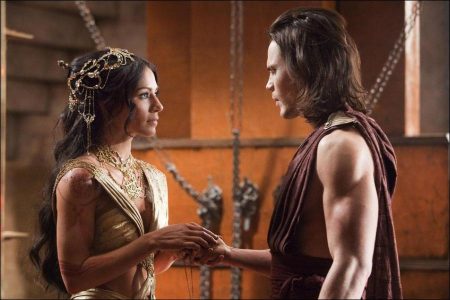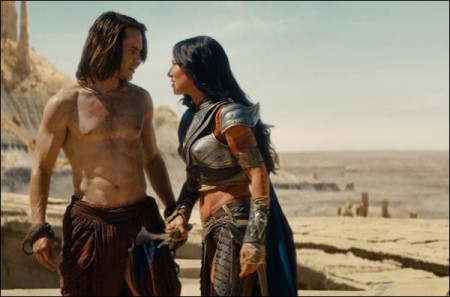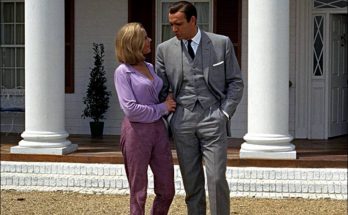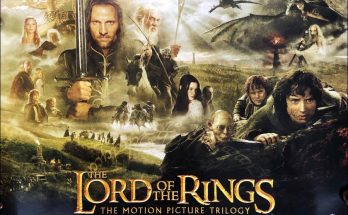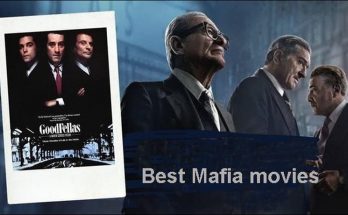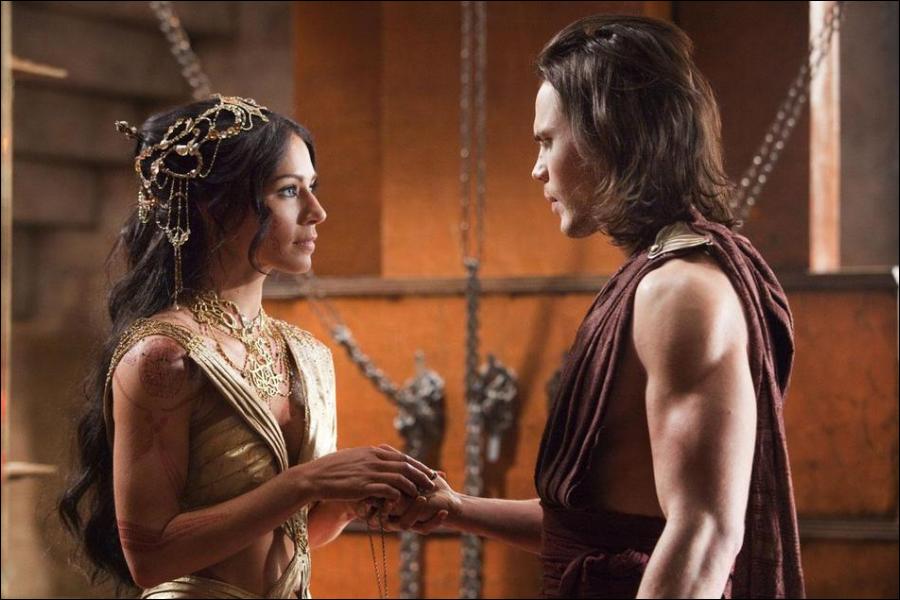Lost in our world, found in another.
The making of John Carter movie. Filming of John Carter began in the UK on January 4, 2010. With growing public interest and multiple fan-sites speculating on the production’s every move, the bulk of the movie’s stage work (along with exterior sequences set on Earth) were filmed at Shepperton Studios, London and Longcross Studios in Chelburn, over a four-month period.
By late April, the production had moved to Utah for an additional 12-weeks of shooting, with locations in Moab, Lake Powell, the Delta salt flats, Hanksville (where the US space agency, NASA, has tested robotic vehicles), and Big Water-a vast mesa of granulated shale and sandstone set before a towering ring of red cliffs which border the Grand Staircase National Monument.
Although “John Carter” will have a proportion of visual effects, the filmmakers wanted to use real locations and landscapes to film the action. Producer Jim Morris explains why. “As much as possible, we decided to shoot in actual locations and minimize the amount of digital set creation, so that the audience always feel like they are grounded in real places. We hope this will add an additional layer of authenticity that will heighten the believability and realism of the film.”
“It’s what I call our little slice of Mars,” says Producer Colin Wilson talking about the Utah locations, though ‘little’ might not be the best word to describe a film-set which stretches as far as the eye can see. Using the vast splendor of the natural backdrop (and purpose-built set pieces in the foreground), the ruined remains of a Martian city will be completed digitally in post production. “Our philosophy has been to use practical locations with real sets and set pieces that create a cornerstone for our digital world,” explains Wilson. “The buildings have one level finished here, but in the movie you’ll see towers upon towers.”
On set, however, the blending of traditional filmmaking and computer generated wizardry is truly elevated into an art form as Stanton and his production crew bring the story to life. For Production Designer Nathan Crowley creating the look of three distinct cultures in the film formed the starting point of the production design. “We are dealing with three main cultures on Barsoom: Zodanga, Helium and the Thark culture. With three different cultures, we needed three different types of architecture.
For example, I’ve created what I call ‘ancient modernism,’ and over scaled it for the Thark eight-foot tall creatures. If the modernist architecture of the ’60s had been allowed to go any further, I’ve taken that as an idea from Earth but translated it into oversized Martian versions and then broken the buildings down to create the crumbling cities. That idea developed as we found our real locations because I wanted the natural landscape to form the architecture.”
Costume Designer Mayes C. Rubeo’s biggest inspiration when designing the costumes for “John Carter” was director Andrew Stanton. She explains, “Andrew’s vision is from Barsoom! It is as if he has been to Barsoom and back, and we must try to take all the details from his brain. He has been an incredible collaborator because of how visionary he is and he understands the importance of everything I do.”
Working on a movie within the fantasy genre gave Mayes great creative freedom. “I wanted to portray an ancient look but within a science fiction movie, this is a vision that was born 100 years ago by Burroughs. It has to be fantastical with imagination and color.The way the Barsoomians wear the accessories, headdresses or one of the elements of a costume has a very important impact on the film and helps to differentiate the people of these two cities. I did a huge amount of research and we came up with a substantial look for the tribes that is both effective and dramatic.”
Along with the costuming, the process of bringing the characters to life fell to the irector and the actors, along with the skills of visual effects masters and makeup izards to provide them with their individual and tribal characteristics.
For Taylor Kitsch and Lynn Collins, who appear in human form on screen, the process is straightforward, but physically taxing. “It’s the most physical role I’ve ever done,” says Kitsch of John Carter, his heroic character who has been freed from the physical restraints of gravity on Earth. “The jumps, the stunts, the sword training… I mean, almost every scene on Mars, I’m on wires.”
“They’ve hung us every which way,” agrees Lynn Collins, whose character’s princess-like qualities are certainly matched by her warrior skills. “After this film, I think my fear of heights has been completely annihilated.”
For the actors playing Stanton’s Martian “Thark” characters, however, the process is more complex. On screen, Willem Dafoe’s Tars Tarkas, for example, will appear as a nine-foot tall alien being with four arms, towering over John Carter. On set, Dafoe replicates the character’s height by performing on stilts. His body is covered in a gray jumpsuit marked with black dots, a reference point for the animators who will recreate his movements digitally in post production. Similarly, his face is also covered with black dots as two cameras, suspended from a helmet, record his facial movements.
“They really just stepped into it,” says Wilson of the cast. “We told all of our Thark characters what we were going to put them through. They walked out of those meetings with Andrew and said, ‘Where do I sign?’ Because I think it’s all about the way those characters are written. It’s a unique thing for them… A unique opportunity to tell a story that’s never been told and create a world that no one’s ever seen before.”
And Director Andrew Stanton is excited to deliver both that untold story and never-been-seen cinematic world-and to deliver that same sense of excitement that first captivated him as a boy. “My goal is to want to believe it,” he says. “To believe it’s really out there. That same feeling you get from any good fantasy book…What would it be like..?”
Related Link: View the Full Production Notes for John Carter
Views: 130
